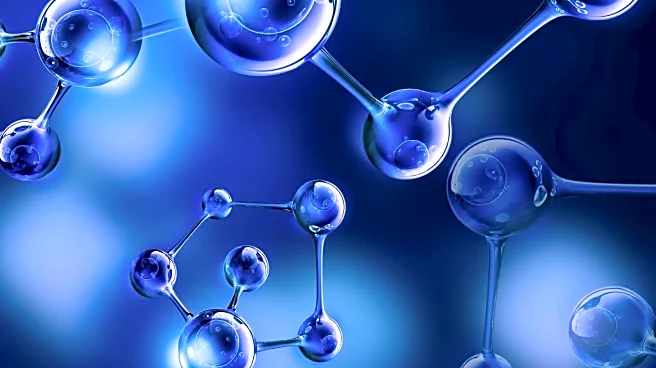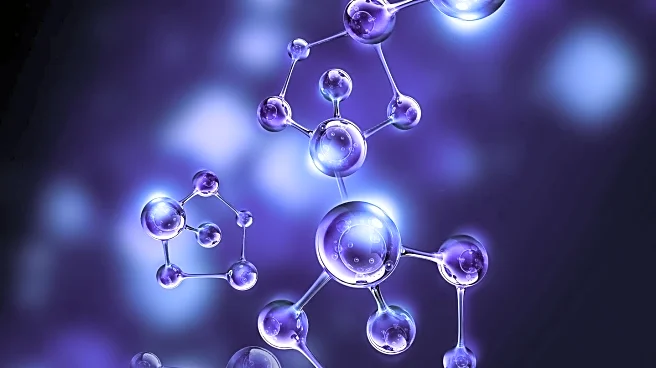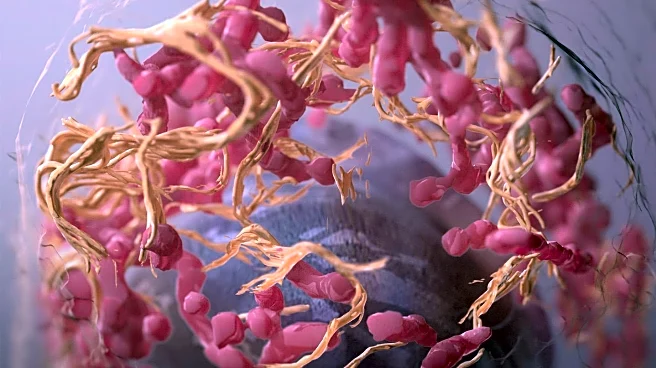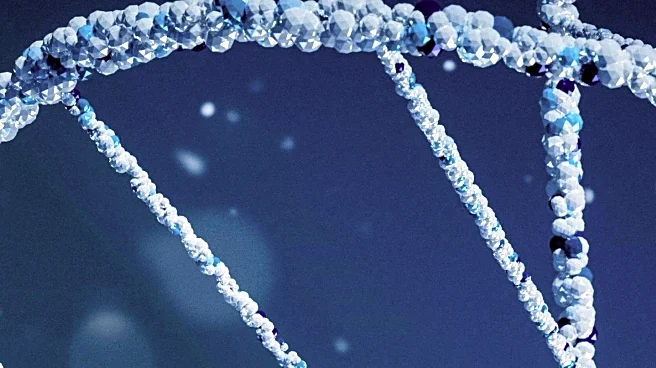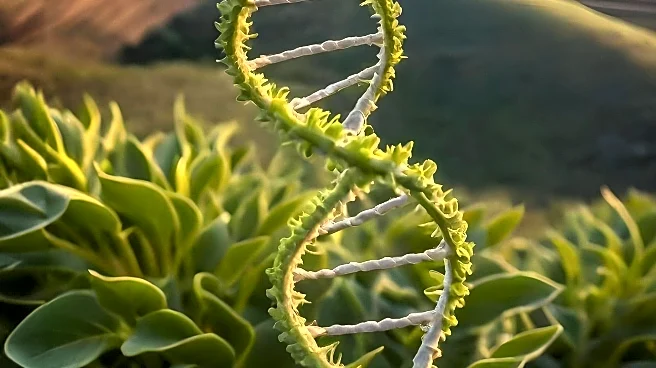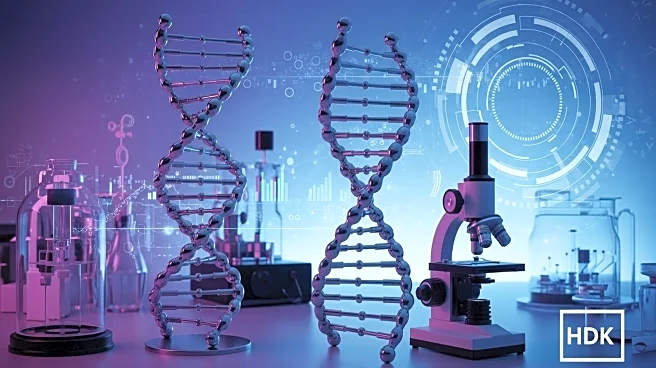What's Happening?
The pursuit of a cure for Duchenne muscular dystrophy (DMD) has reached a critical juncture, with recent clinical setbacks highlighting the limitations of gene therapy. Despite advancements in gene editing and therapy, the complexity of DMD requires a diversified approach. Experts advocate for the inclusion of small molecules alongside genetic and cell-based therapies to address muscle-wasting diseases. This perspective emphasizes the need for a comprehensive therapeutic toolkit to effectively combat DMD.
Why It's Important?
The discussion around DMD treatment underscores the challenges in rare disease medicine, particularly the reliance on gene therapy. The advocacy for small molecules represents a shift towards more versatile and scalable treatment options. This approach could accelerate the development of effective therapies, benefiting patients who may not qualify for gene therapy trials. The integration of small molecules could enhance treatment efficacy and accessibility, influencing future research and healthcare policies.
Beyond the Headlines
The emphasis on small molecules in DMD treatment reflects broader trends in personalized medicine and therapeutic innovation. This shift may lead to more patient-centered approaches, considering individual disease progression and treatment eligibility. The diversification of treatment modalities could also drive regulatory changes and investment strategies in the biotech sector, fostering a more holistic approach to rare disease management.
